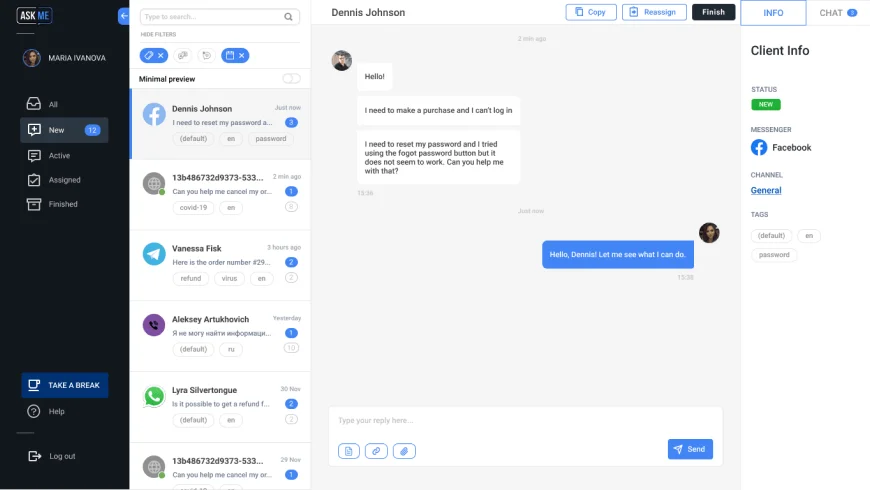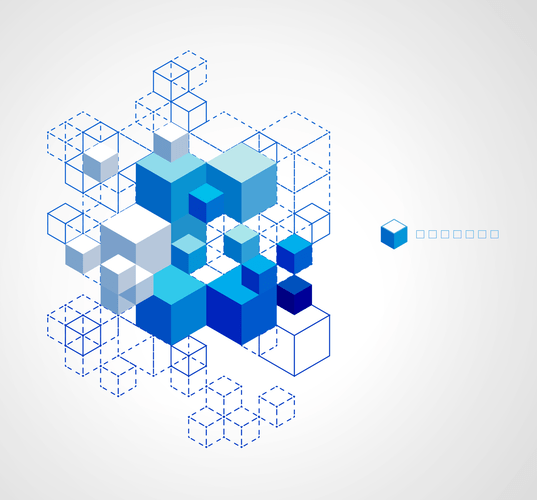Basically, these 5 Classes would cover our CRUD Operations implementation. Make sure that you have gone through my article about CQRS for ASP.NET Core before proceeding. To keep things simple but demonstrate the architecture https://www.globalcloudteam.com/ to the fullest, we will build an ASP.NET Core Web API that is quite scalable. For this article, Let’s have a WebApi that has just one entity, Product. We will perform CRUD Operations on it while using the Onion architecture.
- The biggest offender (and most common) is the coupling of UI and business logic to data access.
- The deeper the layer resides inside the Onion, the fewer dependencies it has.
- Onion architecture is a type of software architecture that allows for flexibility and scalability in the design of an application.
- This allows us to configure our services inside of the Startup class.
- The Entity Framework partially solves this problem, but it supports a limited number of database types.
The object saving behavior is not in the application core, however, because it typically involves a database. The outer layer is reserved for things that change often. These things should be intentionally isolated from the application core. Out on the edge, we would find a class that implements a repository interface.
Frameworks, Clients and Drivers
For a Web application, it represents the Web API or Unit Test project. This layer has an implementation of the dependency injection principle so that the application builds a loosely onion architecture coupled structure and can communicate to the internal layer via interfaces. Onion Architecture solved these problem by defining layers from the core to the Infrastructure.

I will stay in the enterprise system space and all discussion will reside in that context. This gets even more interesting when there are multiple processes making up a single software system. Honestly, it’s not completely new, but I’m proposing it as a named, architectural pattern.
Easy to maintain
This makes your application extremely dynamic because you can easily do things like change your platform, change to micro services, and then maybe change back to a monolith. Yes that’s not a likely scenareo by any means, but for huge applications, this can be extremely convenient. All you have to do is re-write your infrastructure logic but your core business logic remains untouched. Most of the traditional architectures raise fundamental issues of tight coupling and separation of concerns.

For mid to larger scaled projects where multiple teams work, layering has very obvious advantages up its sleeves. It lets a specific team or individual work on a particular layer without disturbing the integrity of the others. It makes it much easier to track changes using source control. So, onion architecture is actually it’s own architectural pattern because you have different layers and your interfaces are in a different place… Or in other words, they are structured differently which is, by definition, an architectural pattern.
The Need to Follow an Architecture
It should be purely logical, not performing any IO operations at all. At the center part of the Onion Architecture, the domain layer exists; this layer represents the business and behavior objects. The idea is to have all of your domain objects at this core.

They are based on a user receiving the entire HTML on request. MVC is a very popular design pattern and is used in many frameworks, such as Ruby on Rails, Laravel, and AngularJS. In all architectures the goal is allows the most stable things are not dependent on less stable things will change more frequently. Application interface methods will typically be called from a controller in the WebApi Infrastructure layer to perform an action on its behalf.
Onion Architecture explained — Building maintainable software
This makes for a much more scalable and flexible system. The main difference I have found in onion architecture and layered architecture is the location of the abstractions. When I think of layered architecture, the pattern I see a lot of is the interface and the implementation right next to eachother. So let’s say you have a IPersonAccessor interface (I’m coming from C#) in MyApp.DAL/Personnel, then you would have a corresponding PersonAccessor class that implements the IPersonAccessor.

However, since the Web application and the database server will be running inside of containers, how are we going to create the actual database for the application to use? We could create an initialization script, connect to the Docker container while it is running the database server, and execute the script. But this is a lot of manual work, and it is error-prone. To make it straightforward to download the application code and be able to run the application locally we are using Docker. With Docker we are wrapping our ASP.NET Core application inside of a Docker container. We are also using Docker Compose to group our Web application container with a container running the PostgreSQL database image.
Background Tasks Made Easy With Hangfire And .Net 5
Cloud services such as Microsoft Azure and database options including SQL Server and MSSQL are also frequently covered. The second layer of the onion contains the Application Interfaces. The contracts defined here orchestrate the use of the Domain Services and are the entry point for all business logic. Generally speaking, the Application Interfaces orchestrate an operation on the domain entities and services. The ICheckoutService in the example above does just that.
However, this architecture pattern is not a silver bullet to every problem. As with all software problems, we need to evaluate whether or not we need this additional abstraction as it is more suited for larger applications with many engineers working on them. As engineers we need to apply critical thinking to determine whether or not it will overall benefit the task at hand. Furthermore, the added complexity of defining contracts / interfaces and religiously enforcing them requires a strong understanding of the pattern.
👨💻 Authentication And Authorization In .NET Core Web API Using JWT Token And Swagger UI
Similar to other architectural styles like Hexagonal, Layered, Clean Architecture, etc. it provides a solution for common problems. Domain Entities are the fundamental building block of Domain-Driven Design and they’re used to model concepts of your Ubiquitous Language in code. Entities are Domain concepts that have a unique identity in the problem domain. Domain entities encapsulate attributes and entity behaviour. It is supposed to be independent of specific technologies like databases or web APIs.